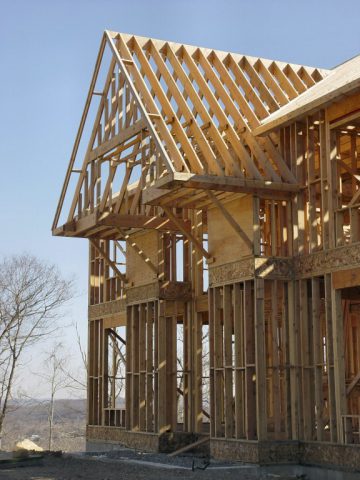Landlords to Buy More Properties in Next Six Months
A report has revealed that two-thirds of landlords are planning to buy at least one more property in the last half of the year.
Research by buy-to-let mortgage broker Mortgages for Business found that 65% of investors renting out homes intend to expand their portfolios in the next six months, up from 55% at the beginning of the year.
The report also uncovered that only 8% of UK landlords are planning to sell some of their rental properties before the end of 2015 and a further 27% will keep their portfolios at their current size for the near future.
David Whittaker, Managing Director of Mortgages for Business, says: “Landlords are better capitalised and now more confident about reinvesting. A strong rental market is being driven by tenants moving to make the most of job opportunities.
“That new surge of demand is putting more upwards pressure on rents and landlords are only just beginning to supply more homes to let in response.”1
The study also questioned landlords about the support they receive from mortgage lenders, discovering that just 30% believe lenders do enough to understand the needs of property investors.
Furthermore, 20% said they think mortgage lenders should loan larger amounts and another 20% would like lenders to reduce their rates even further than the current record low.
Mortgages for Business also revealed that 57% of landlords think that lenders should ease the criteria that they measure borrowers against before offering them a loan.
1 http://www.rman.co.uk/latest-news/article/buy-to-let-purchases-to-increase-over-next-six-months








